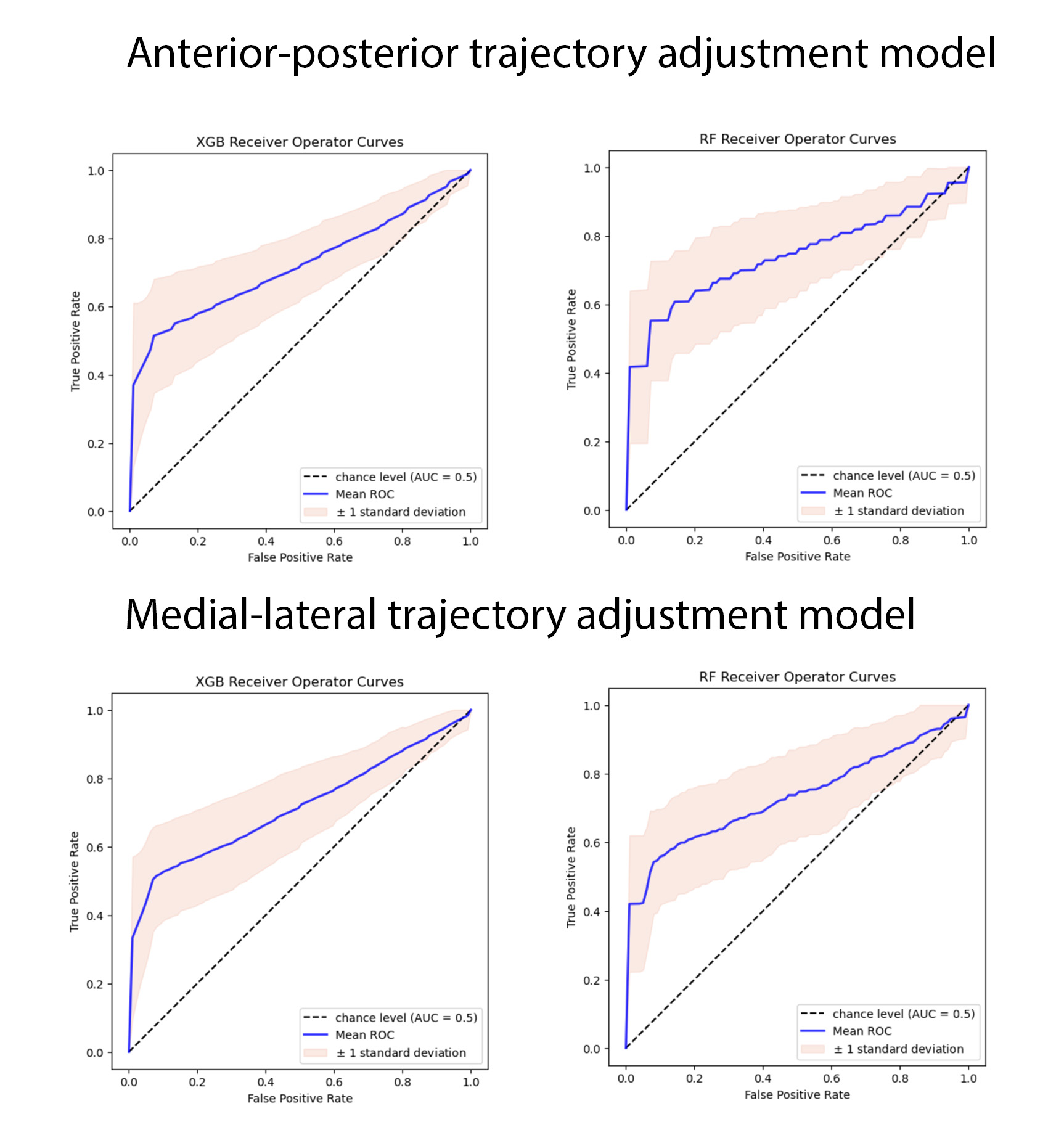Category: Surgical Therapy: Parkinson's Disease
Objective: To evaluate the feasibility of using a machine learning algorithm to interpret intraoperative microelectrode recording (MER) during deep brain stimulation (DBS) lead placement surgery.
Background: DBS is a potentially effective neuromodulatory therapy for select cases of Parkinson’s disease (PD). MER is a physiology technique that refines DBS lead placement through clinical interpretation of intraoperative data. Although there are general principles that guide MER interpretation, the clinical practice is highly variable across DBS centers and regions across the world. We sought to build an automated algorithm to facilitate consistent MER interpretation within our institution.
Method: We conducted a retrospective study of globus pallidus internus (GPi) DBS implantations for PD which were performed at the University of Florida from 2019-2022. The following information was collected: X, Y, Z components of the DBS trajectory, the collar and arc angle of the DBS trajectory, the run length of the GPi nucleus, and the sheath macrostimulation threshold. We constructed several models to predict the trajectory adjustment of the DBS lead in anterior-posterior (A-P) and medial-lateral (M-L) planes based on MER interpretation. Three machine learning (ML) algorithms were evaluated: random forest (RF), extreme gradient boosting (XGB), and Google TabNet.
Results: There were 142 GPi DBS cases. Five cases were excluded due to incomplete documentation, and n=137 were used for model building. The ML models were evaluated using a 5-fold cross-validation with 10 repetitions, for a total of 50 iterations. The RF model had the highest performance with a mean (SD) area under the receiver operating characteristic (AUC) score of 0.73 (0.08) and 0.75 (0.04) and a mean (SD) F1 score of 0.75 (0.09) and 0.72 (0.08) for the A-P and M-L trajectories, respectively. XGB had the second-best performance with a mean (SD) AUC score of 0.73 (0.08) and 0.74 (0.03) and mean (SD) F1 score of 0.74 (0.09) and 0.72 (0.09). The TabNet model had the worst performance with a mean (SD) AUC score of 0.60 (0.09) and 0.63 (0.10) and mean (SD) F1 score of 0.59 (0.11) and 0.60 (0.15).
Conclusion: This study demonstrated the feasibility of using machine learning algorithms to predict the need for DBS trajectory adjustment. Our results show that the RF algorithm had the best overall performance, indicating that it may be a useful tool for improving the consistency of MER interpretation.
To cite this abstract in AMA style:
J. Wong, S. Aghili-Mehrizi, R. Forghani, A. Babajani, M. Okun, C. Butson, R. Fang. AI-Guided Microelectrode Recording for GPi DBS in Parkinson’s disease [abstract]. Mov Disord. 2023; 38 (suppl 1). https://www.mdsabstracts.org/abstract/ai-guided-microelectrode-recording-for-gpi-dbs-in-parkinsons-disease/. Accessed January 1, 2026.« Back to 2023 International Congress
MDS Abstracts - https://www.mdsabstracts.org/abstract/ai-guided-microelectrode-recording-for-gpi-dbs-in-parkinsons-disease/

